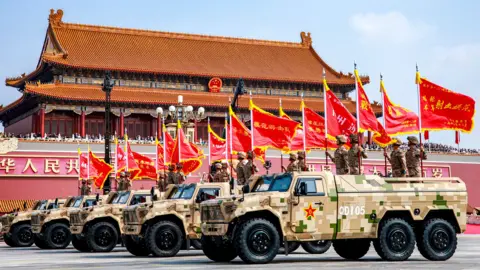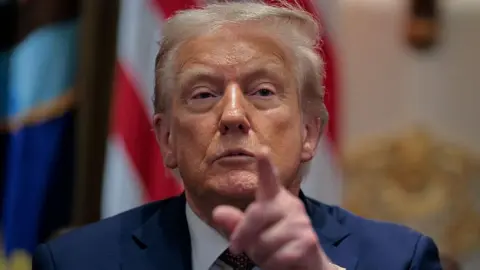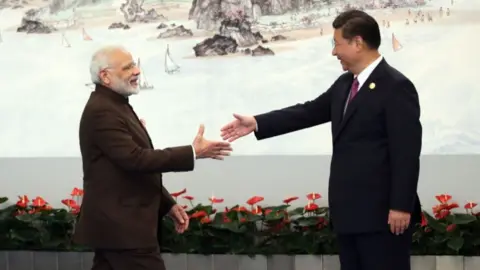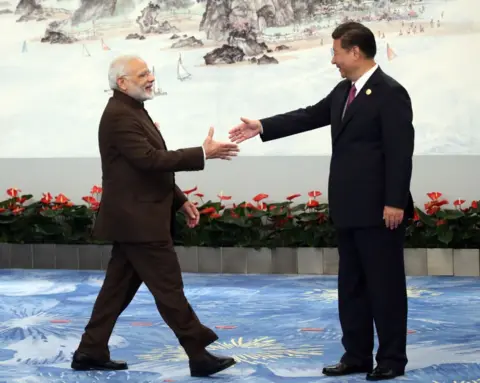In the lush surroundings of Dharamsala, India, where the Tibetan government-in-exile operates, a rich tapestry of culture flourishes among the Tibetan refugee community. Since fleeing the oppressive regime in Tibet during the 1950s, the Dalai Lama has championed the idea of democracy as a means to preserve Tibetan identity and governance in exile. This approach was fueled by his interactions with India’s democratic practices, which inspired him to devolve power from a singular leader to an elected body, thereby ensuring sustainability and the continuity of Tibetan culture under the looming shadows of Chinese influence.
In 2011, the Dalai Lama formally stepped back from political responsibilities, believing that a robust system of representative government would empower exiled Tibetans to withstand external pressures and uphold their aspirations for freedom. This marked a significant shift from centuries of religious-led governance to a more secular, democratic framework. “The rule by kings and religious figures is outdated,” he stated, affirming the importance of adapting to democratic trends of the modern world.
The segment of the community retains profound cultural traditions, as evident in weekly celebrations such as the Lhakar Gorshey dance, which honors the collective heritage. Yet, as the Dalai Lama approaches his 90th birthday, questions loom over the future leadership and the potential impacts on the political and cultural integrity of the Tibetan cause. As they navigate this transition, the strength of their democratic structure and its collective identity will be tested, crucial for maintaining their vibrant culture and pursuit of autonomy amidst challenging geopolitical landscapes.
In 2011, the Dalai Lama formally stepped back from political responsibilities, believing that a robust system of representative government would empower exiled Tibetans to withstand external pressures and uphold their aspirations for freedom. This marked a significant shift from centuries of religious-led governance to a more secular, democratic framework. “The rule by kings and religious figures is outdated,” he stated, affirming the importance of adapting to democratic trends of the modern world.
The segment of the community retains profound cultural traditions, as evident in weekly celebrations such as the Lhakar Gorshey dance, which honors the collective heritage. Yet, as the Dalai Lama approaches his 90th birthday, questions loom over the future leadership and the potential impacts on the political and cultural integrity of the Tibetan cause. As they navigate this transition, the strength of their democratic structure and its collective identity will be tested, crucial for maintaining their vibrant culture and pursuit of autonomy amidst challenging geopolitical landscapes.




















